India and the United States built a relationship many once believed was stable. However, the ongoing Tariff War is putting that belief to the test. It is no longer just a trade dispute; it is now threatening the foundation of years of defense cooperation, diplomatic trust, and strategic alignment. As both countries push forward with different agendas, the cracks are starting to show.
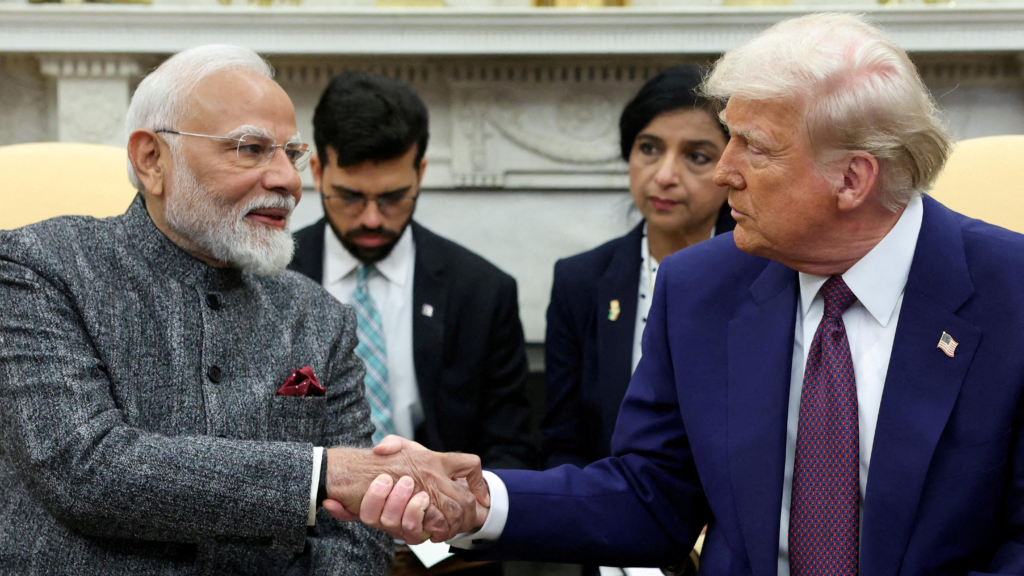
Tariff War Casts Shadow Over Defense and Strategic Agreements
After India’s Pokhran nuclear tests, relations with the United States touched rock bottom. Earlier, there had always been mutual suspicion. Still, later American administrations, particularly after President Clinton, made significant efforts to improve ties. Gradually, strategic cooperation began replacing decades of distance.
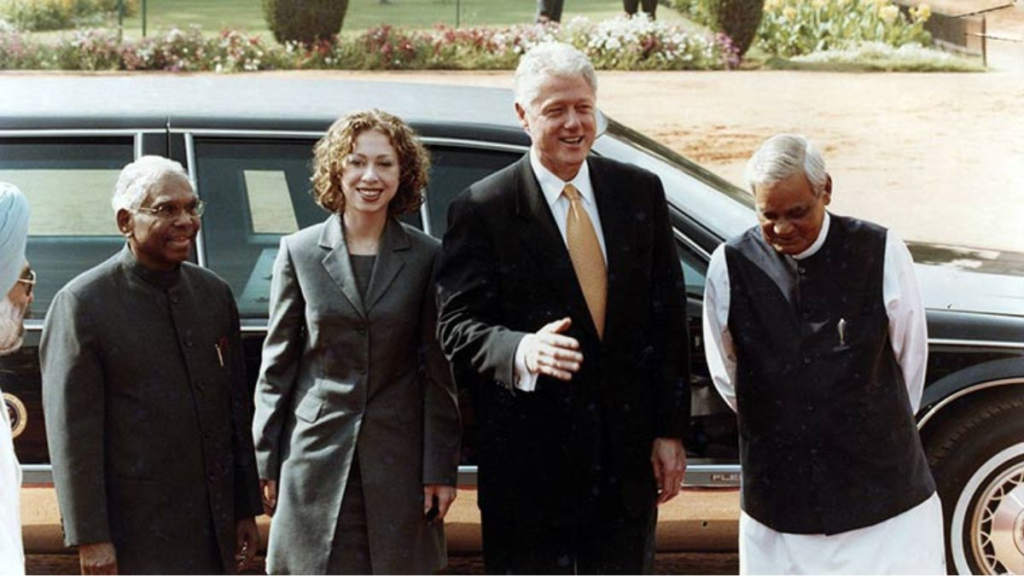
Defense agreements became the stepping stones of this transformation. India and the US signed GSOMIA in 2002, enabling secure military communication. LEMOA in 2016 allowed mutual use of each other’s military bases. COMCASA followed in 2018, then BECA in 2020. These pacts enabled deep technological collaboration and access to advanced American systems.
American defense giants saw a new market opening. India acquired Apache and Chinook helicopters. It added P-8I maritime surveillance aircraft, C-17 Globemasters, and C-130J transporters. These acquisitions built trust. Many believed India was moving away from Russian dependency and toward full-scale interoperability with the US military.
India’s S-400 Purchase Marked a Turning Point
Despite growing ties, India surprised many by finalizing its S-400 Triumf air defense deal with Russia. The United States issued repeated warnings, citing CAATSA (Countering America’s Adversaries Through Sanctions Act). Washington also ruled out any future sale of the F-35 fighter jet to India.
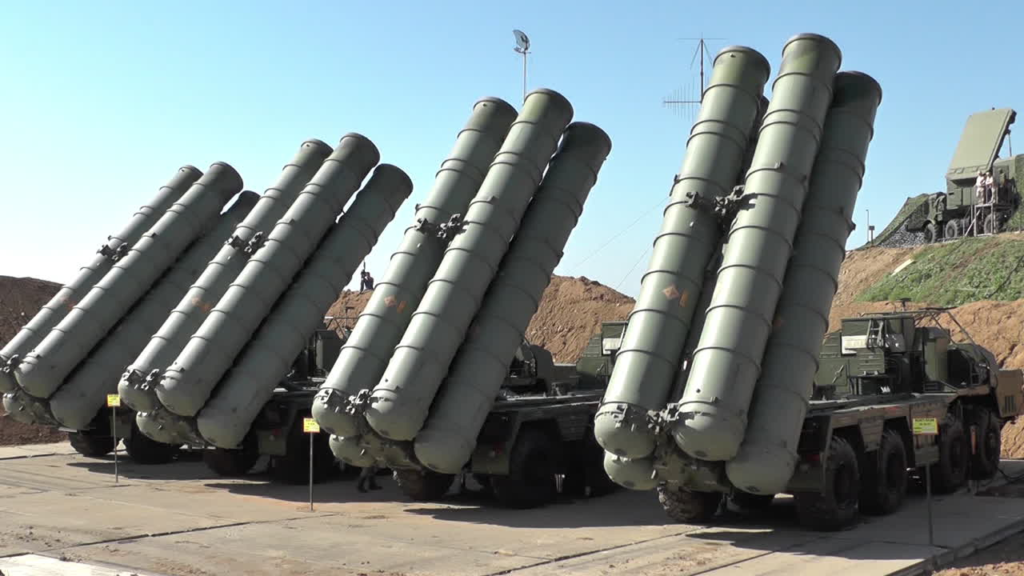
India, however, remained firm. Its exit from the Su-57 (then FGFA) program was not due to American pressure. It was purely based on capability doubts. The S-400 purchase proved that India would not compromise national security needs for diplomatic approval.
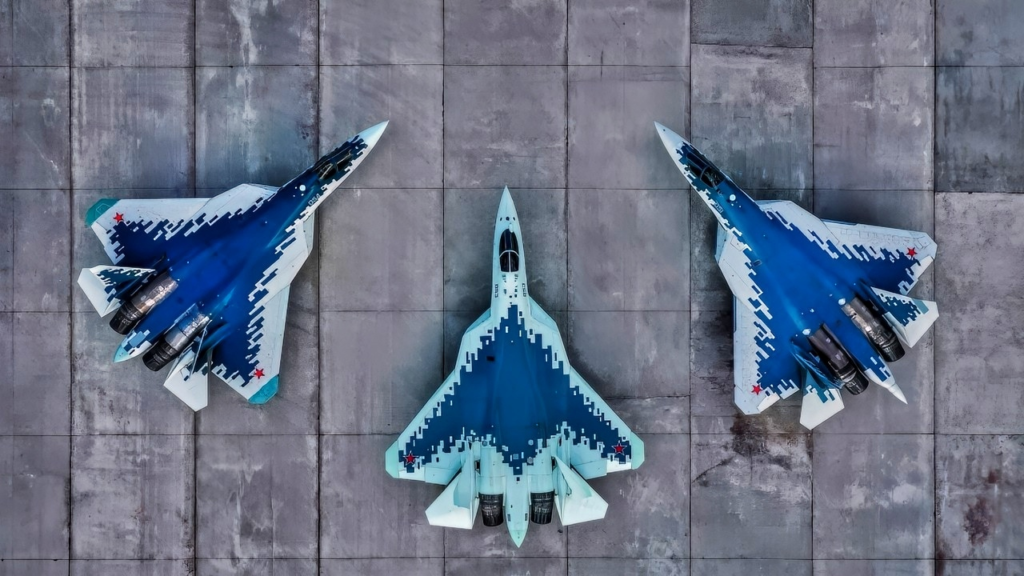
During Operation Sindoor, India’s response to Pakistani provocation. The S-400 served as a reliable shield. The system’s performance justified India’s insistence on strategic autonomy. It signaled that India valued operational effectiveness over political pressure.

Despite Setbacks, India Continued Engaging With US Defense Industry
Even after tensions flared things settled down and India kept engaging American defense firms. It placed large orders and pursued joint ventures. At times, it did so at the cost of domestic alternatives. The Stryker armored vehicle proposal is a prime example. While India explored co-production, the homegrown WhAP by DRDO stood out with better capabilities.

India continued to collaborate with General Electric. The proven F404 engine powered the current Tejas fleet. Future fighter programs such as Tejas Mk2, TEDBF, and AMCA will rely on the powerful GE F414 engine. These collaborations suggested that defense ties remained resilient despite occasional friction.
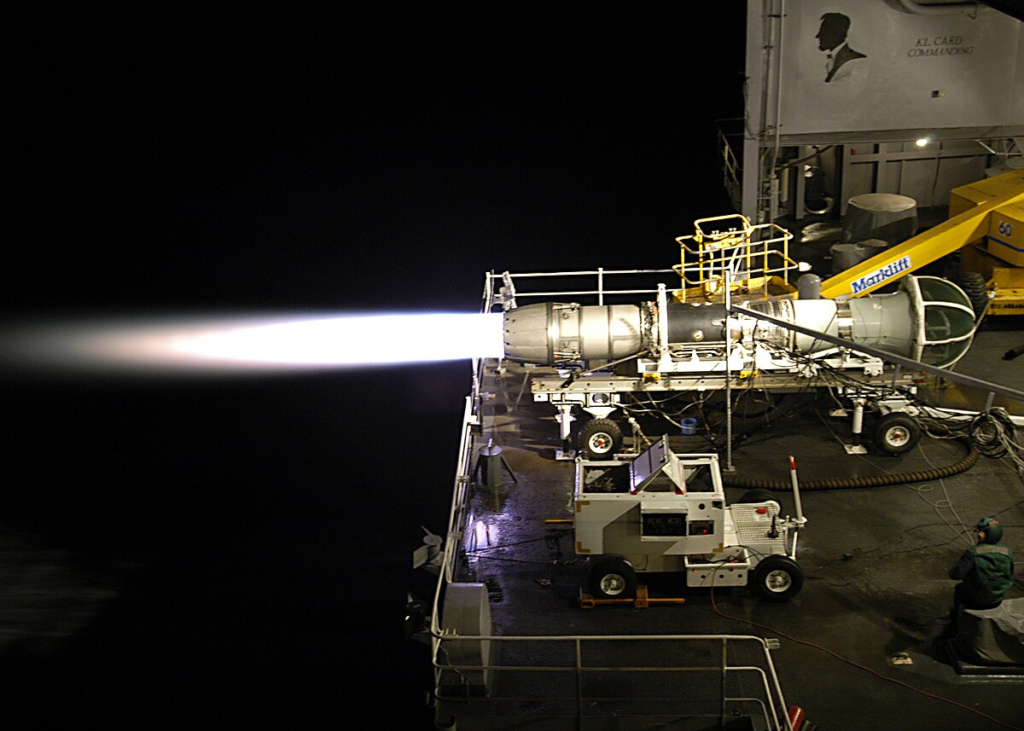
Tariff War Now Threatens to Disrupt Momentum
The present Tariff War escalates beyond trade concerns. Tariffs imposed by the United States could hurt both current and future defense deals. Indian officials are now re-evaluating several procurement programs. The wider strategic fallout could shift long-term commitments.
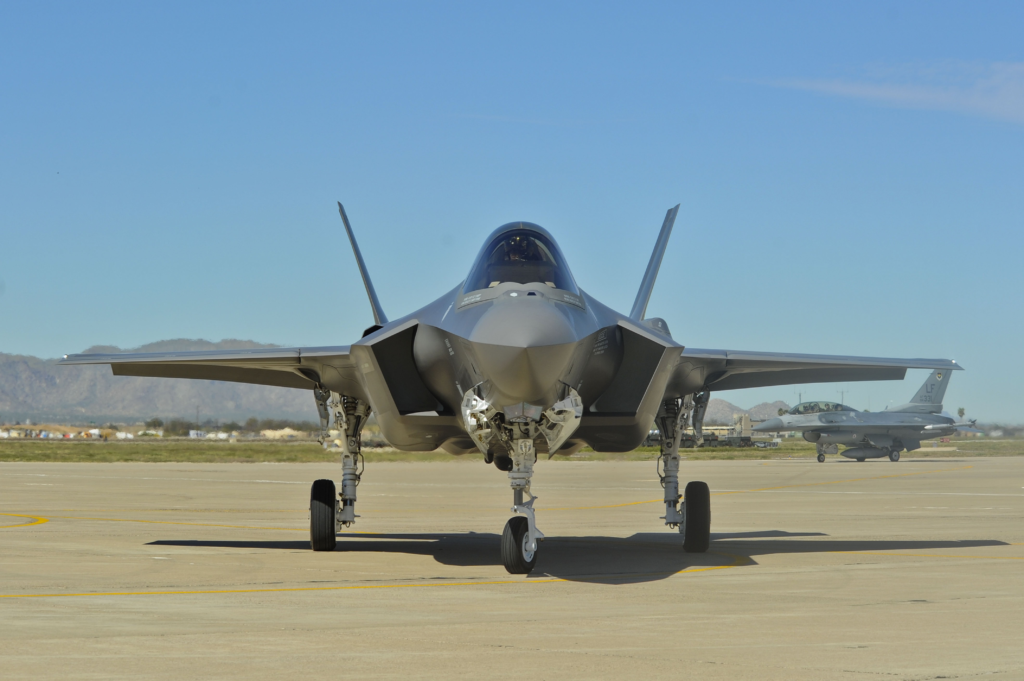
India was in discussions with Boeing for large-scale commercial aircraft acquisitions. F-35 fighters remained a potential platform in future consideration. Talks around co-developing the Stryker and Javelin missile systems were also progressing. Now, these plans face uncertainty.
India may recalibrate its alignment. It has shown interest in engaging Russia and China diplomatically. These steps send subtle signals that India resists pressure tactics, whether through sanctions or economic threats.
Power Tussle May Push India Toward Strategic Rebalancing
This episode appears to be more than a disagreement over tariffs. It reflects a broader power struggle. The United States may be testing its leverage. India, in response, is asserting independence in both diplomacy and defense.
The Tariff War adds tension just as both countries should be enhancing cooperation. Instead of drawing India closer, this pressure could push New Delhi to reassert its non-aligned posture. That would not benefit the long-term strategic goals of United States.
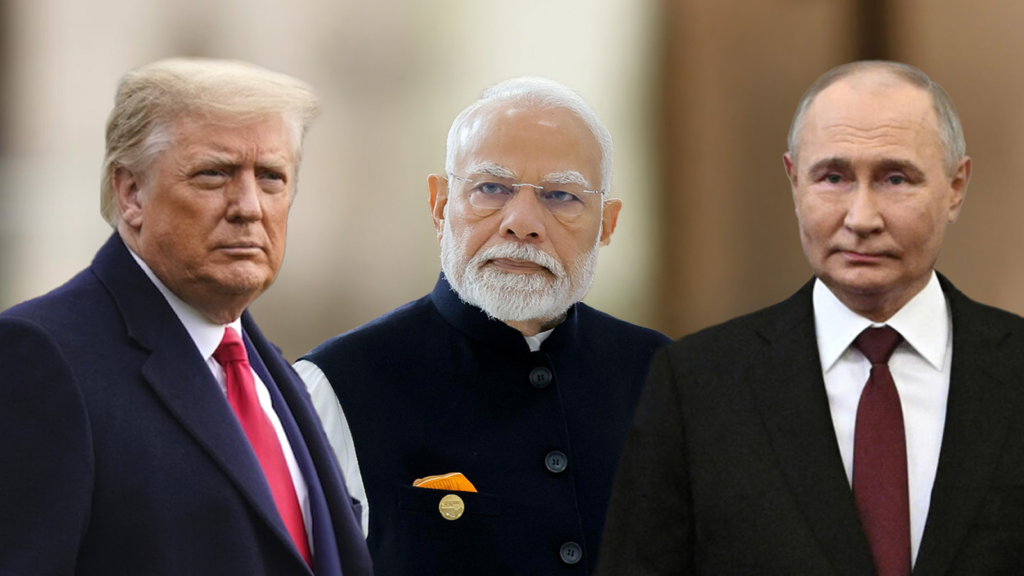
India is showing signs of recalibration. It has kept doors open with Moscow. It has resumed diplomatic channels with Beijing. This creates the image of India moving back toward a more balanced strategic posture.
Key Defense Projects Now Face Uncertain Future
Several key defense transactions are already affected. The procurement of a fifth-generation fighter jet is now may be pushed on hold. Talks around the Indian acquisition or co-production of Stryker vehicles may get stalled and the Javelin anti-tank missile deal will shows little progress now.
The GE F414 engine program has not yet faced delays. However, if tensions continue, even this foundational collaboration may face bureaucratic and political hurdles. That would deal a major blow to India’s advanced fighter programs and to US companies aiming to expand their defense footprint in India.
Will Tariff War Redefine India-US Strategic Future?
The current Tariff War has created a complex situation. On the surface, it appears to be about economics. But at its core, it affects strategic trust. India and the United States spent decades building a solid foundation. Yet today, several major deals hang in limbo.
How both sides manage this challenge will determine the future of their relationship. Will they walk back from confrontation? Or will national interests and pride push them apart?
India continues to prioritize strategic autonomy. The United States, if it wants to retain India as a key partner, must recognize that. Only through mutual respect can this important relationship survive the turbulent waves of this Tariff War.
[…] Although Russia’s share in India’s defense imports has declined, acquisitions such as the S-400 Triumf air defense system and discussions around the Su-57 fighter have brought Moscow back to […]